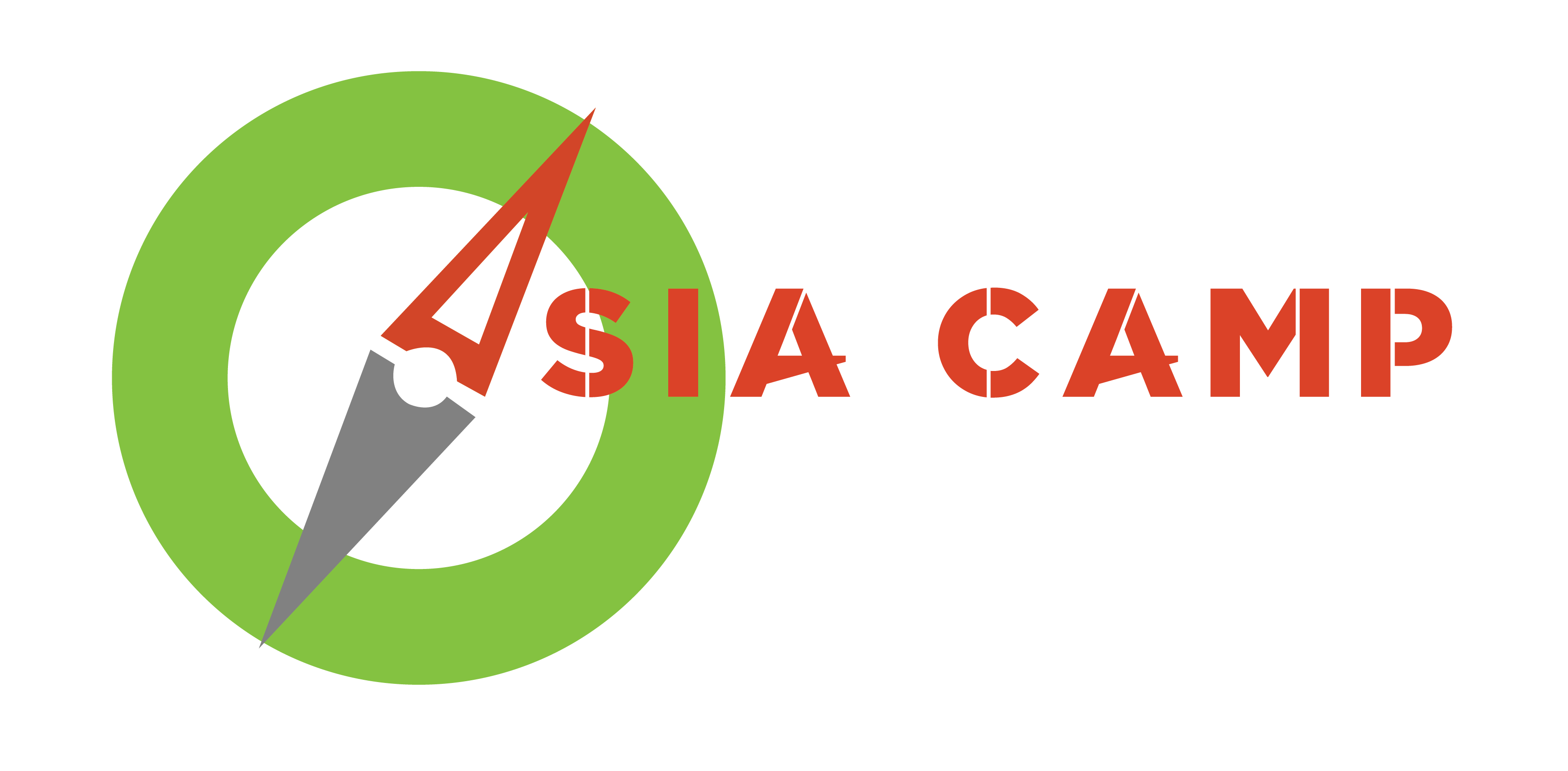Risk Management
Risk is the potential to lose something of value, which could be physical (such as mobility from broken bones), mental (such as psychological stability), social (such as confidence through disgrace), or financial (such as loss of or damage to possessions).
The presence of risk creates uncertainty – taking a risk involves the possibility of negative outcomes. Outdoor activities described as ‘adventure’ activities are usually considered so because information concerning conditions to be encountered may be missing, vague or unknown.
Participants take a risk, because they do not know for certain that they will end the adventure safe and unharmed, with all their possessions and confidence intact.
Management is term AsiaCamp used as an anchoring to define that the risk cannot be eliminates. It can be controlled by knowing the source of the risk. Please check our article, we has elaborate the source of risk. In order to control the risk, the practitioner need to fluence with type of risk.
Types of risk
There are two types of risk:
Real (or Objective) Risk
- The amount of risk which actually exists at a given moment in time. In outdoor situations, real and perceived risk are generally of greater importance than absolute risk in assisting with the management of risk.
Perceived (or Subjective) Risk
- Any individual’s subjective assessment of the real risk present at any time. For example, the parents of a teenager on a youth-group trip may have a quite different perception of the risk to that of the teenager, which may be different again from the trip leader’s perception. As leader, you should help the individuals in your care arrive at a realistic perception of the risk for the activity you are leading. However, you must also realise that their perception of the risk may be quite different from yours.
Made by
Mizan
Arranged by
Mohamad Anas Bin Mustaffa and AsiaCamp team
